How to add a modern edge to a traditional home…
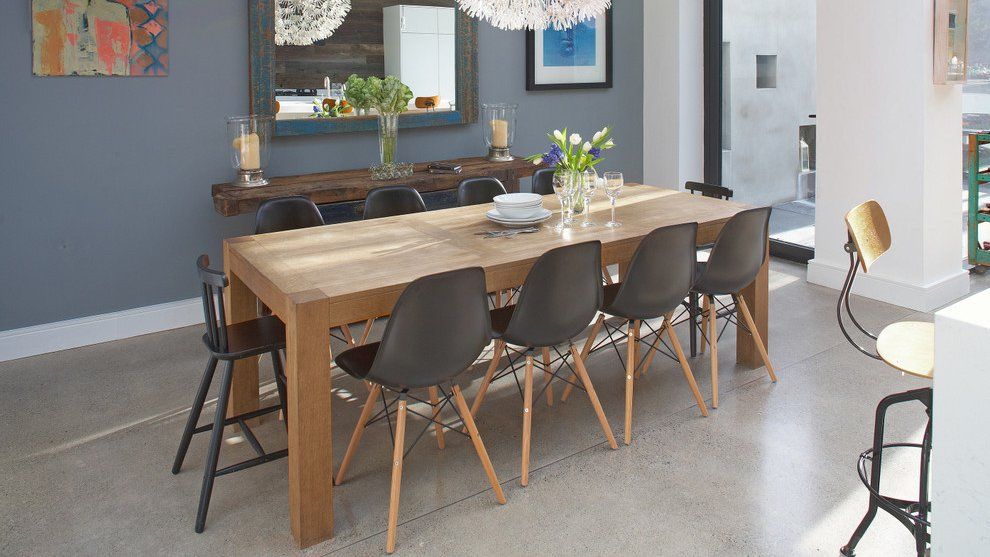
(image: Optimise Design)
Mixing contemporary and traditional styles is a clever designers trick that takes thought and taste, so whilst it may appear spontaneous and impromptu, you can bet that it has been a labour of love to get it looking effortlessly stylish. Whilst pouring over the gorgeous homes in magazines and checking out your favourite interior websites online bear in mind that the amalgamation of old and new takes a little while to achieve and needs confidence and more than a dash of design flair. So, if you’ve been stung by the ‘eclectic’ bug and you want to get the look in your own home, follow these rules to help you on your way!
(image: New York Times Magazine)
Top 7 tips to mixing old and new:
- Never give your room a 50/50 split of old and new, generally speaking the ‘look’ will come together better if you let one style dominate and add accents of the other style – so more of a 80/20 ratio.
- Less is more with the ‘eclectic’ look. So, keep the look simple one or two key pieces will work much better than clusters of opposing styles that can end up looking like a car boot sale and that is NOT a good look!
- Upcycling and restoring old vintage or antique products with a modern twist will create an effective look that will not only be unique but executed properly will look stylish. So, for example this could mean perhaps painting a rococo style picture frame in a bright colour to bring it up to date or maybe re-upholstering an Louis XVI chair in a bright bold fabric to create a real statement piece.
- If you find it a bit overwhelming, let the pro’s do all the hard combining work for you! Have a look for traditional or vintage styles that have been re-modelled in new materials to give the product a new lease of life but still provides a striking combination of the old and the new like the Louis Ghost chairs by Philippe Starck.
- If however you are feeling confident and enjoy the juxtaposition of texture and style, then try to experiment with mixing textures. So, for example an old worn pre-loved kitchen table will blend beautifully with some new moulded plastic Eames style chairs. Similarly, a set of old vintage wooden church chairs would work really well with a smooth matt finish Aver table.
- Remember your architectural surroundings will be a big factor in creating your look. If you have a room full of period details it will slightly dictate which way you go, as will a very contemporary room. So it might be best to use this as your scene setter and introduce touches of the other style to complete the look.
- Sometimes it might help if you create a successful combination of styles by sticking to the same colour palette, tones and finishes. So let’s say you have a vintage deep midnight blue velvet sofa sitting on a pale wood parquet floor. You could introduce modern twists by bringing in some grey and teal coloured velvet cushions and a contemporary rug featuring some sort of pattern in the same colours. Then perhaps some wooden contemporary salvage style side tables or coffee table to compliment the wood tones…so you are mixing and matching the styles but keeping finishes and colours similar.
- The interior should flow from one style to the other in an aesthetically pleasing way, if it’s not working – it needs a rethink. Each item should stand in it’s own space and be good quality regardless of the style. Often using oversized products work really well, especially pendant lights – so whether it is a chandelier or a contemporary drum shade – always go for something impressive!
Remember that as a general rule with this look – less really is more. You want to create an impact with each product creating a vignette style area within the room. So whilst it needs to work really well as a whole – it is important that each area makes an attractive detail in it’s own right. If the room doesn’t flow harmoniously, try removing items from your ‘set’ and if you get a ‘stylist’s block’ in one area then you need to work out if that is because something is too overpowering or not visually stimulating enough! Eventually you will get it flowing and the look will feel right – good luck!
Don't miss a thing
Simply enter your email address below and stay up to date with our latest news and products.
Explore Our Blogs
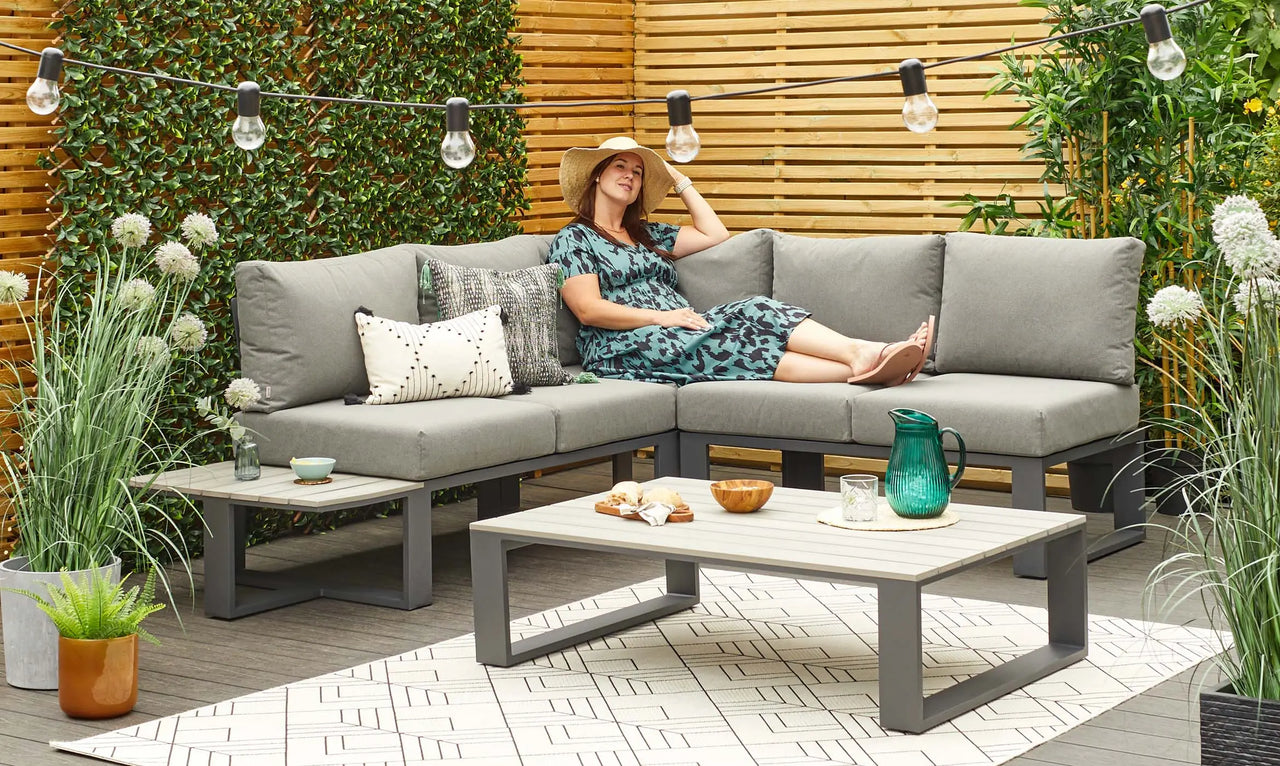 A guide to styling your small gardenIn modern life, many of us now have smaller gardens, but that doesn't mean you can't style it how you would like without making it practical. If you have a small garden but are unsure on how to style it, see our tips and recommendations from our stylist Katie for an aesthetic, yet practical oasis.Read more
A guide to styling your small gardenIn modern life, many of us now have smaller gardens, but that doesn't mean you can't style it how you would like without making it practical. If you have a small garden but are unsure on how to style it, see our tips and recommendations from our stylist Katie for an aesthetic, yet practical oasis.Read more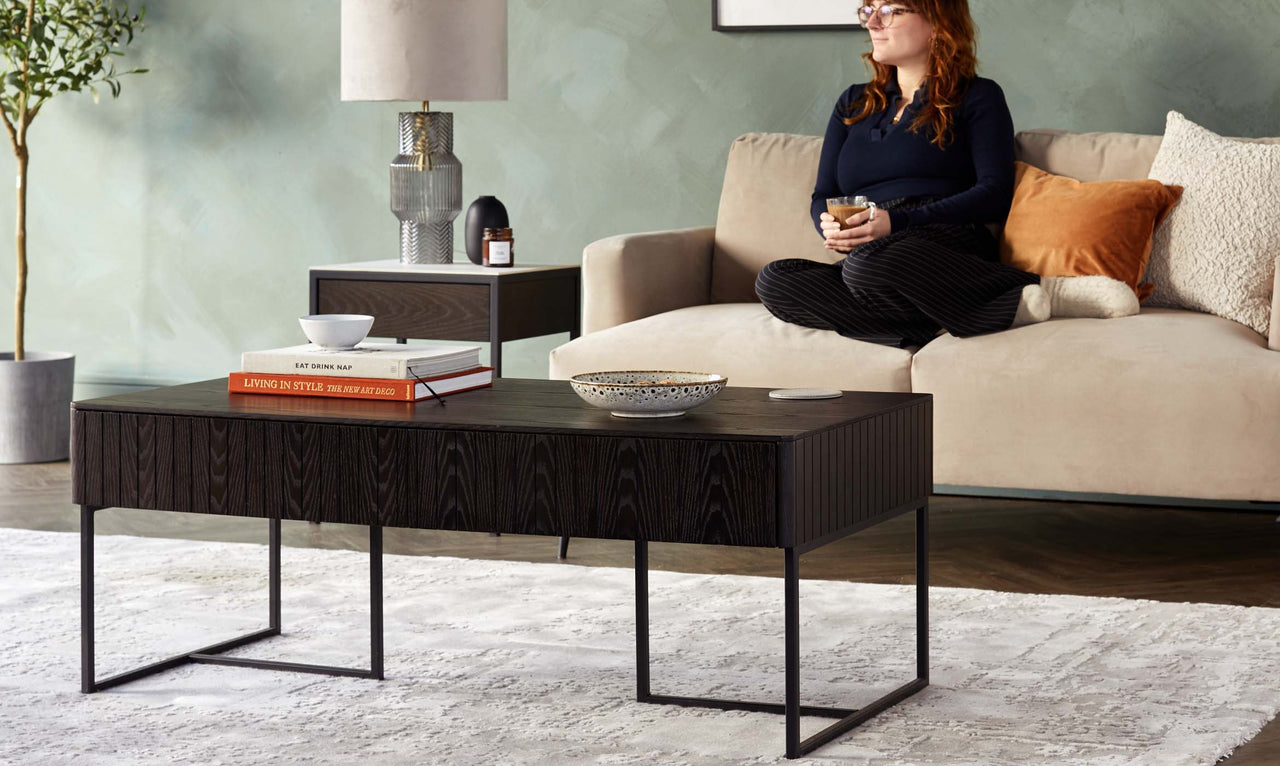 Modern Coffee Tables: 4x Things You Need To Know When StylingOur expert stylist, Katie, has shared her top styling tips and interior knowledge so that you’ve got all the info you need to find the perfect coffee table for your space.Read more
Modern Coffee Tables: 4x Things You Need To Know When StylingOur expert stylist, Katie, has shared her top styling tips and interior knowledge so that you’ve got all the info you need to find the perfect coffee table for your space.Read more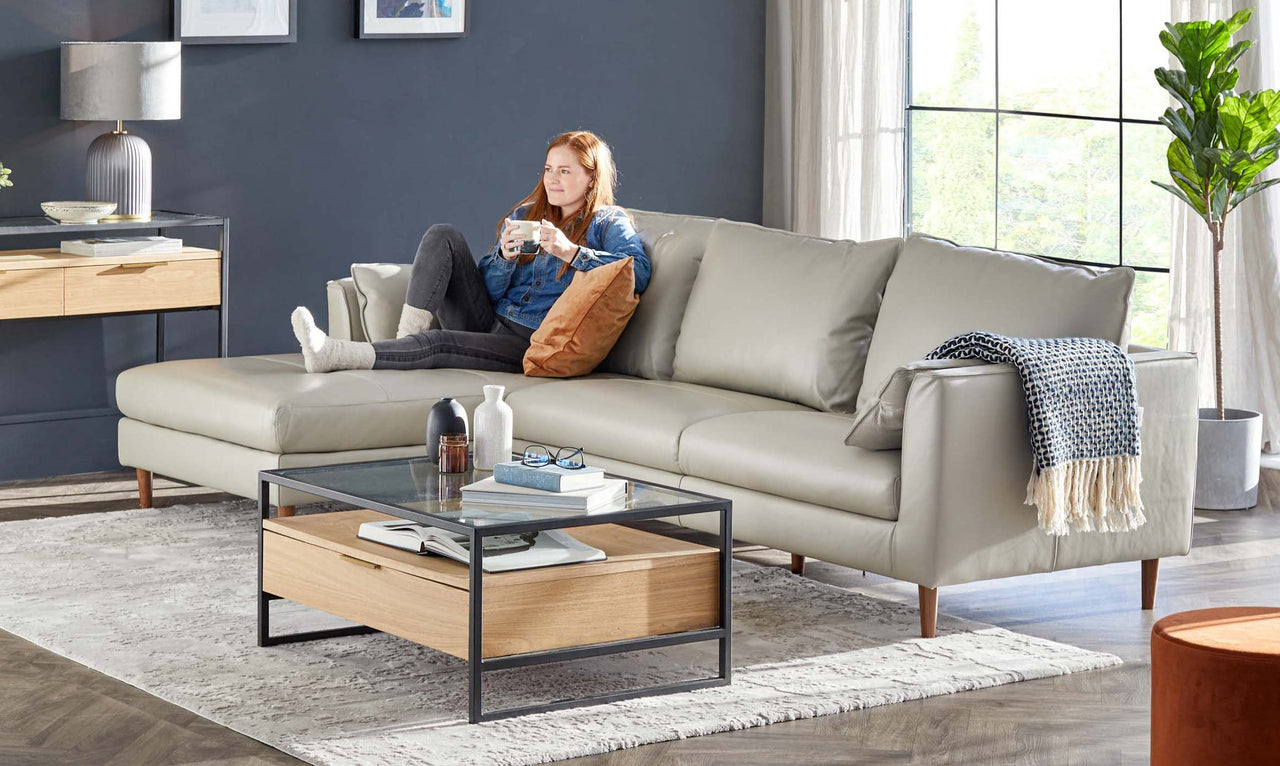 4 Things You Must Know About Leathers SofasOur expert stylist, Katie, has shared her top styling tips and interior knowledge so that you’ve got all the info you need to pick leather sofa of your dreams.Read more
4 Things You Must Know About Leathers SofasOur expert stylist, Katie, has shared her top styling tips and interior knowledge so that you’ve got all the info you need to pick leather sofa of your dreams.Read more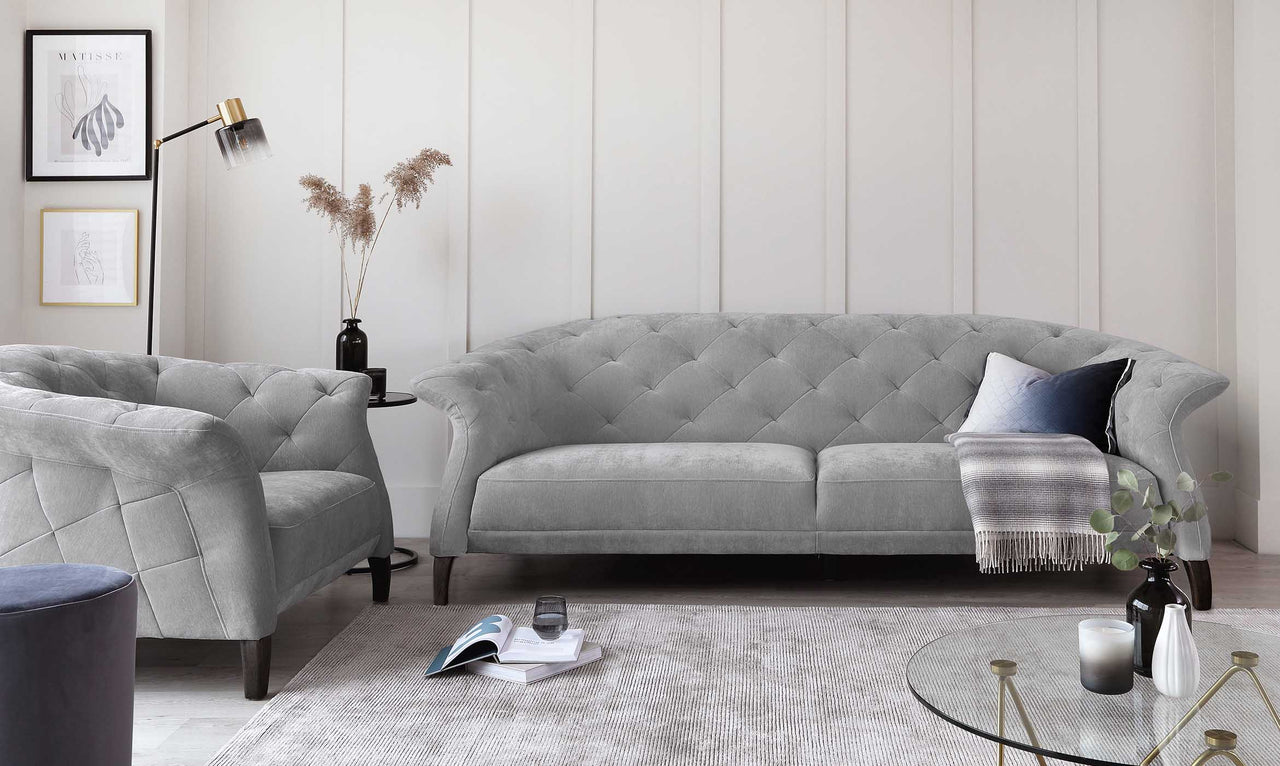 5 Things You Must Know About Fabric SofasAre you wondering what the benefits of a fabric sofa are? Our expert stylist, Katie, has shared her top styling tips and interior knowledge so that you’ve got all the info you need to pick the fabric sofa of your dreams.Read more
5 Things You Must Know About Fabric SofasAre you wondering what the benefits of a fabric sofa are? Our expert stylist, Katie, has shared her top styling tips and interior knowledge so that you’ve got all the info you need to pick the fabric sofa of your dreams.Read more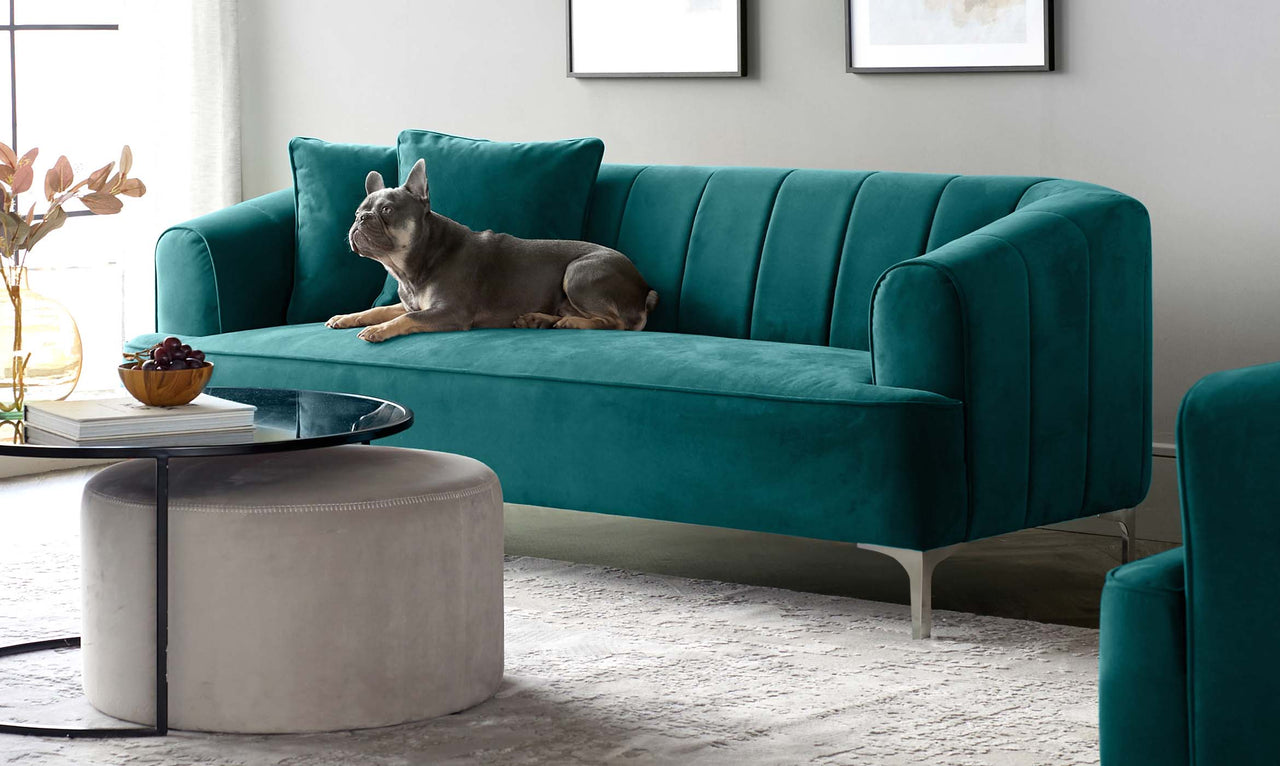 How To Clean A Velvet Sofa: Our Upholstery Care TipsA common misconception about velvet is that it’s a high-maintenance material. Well, let us bust that myth with this handy care and cleaning guide! When treated with the proper care and maintenance, you’ll find your velvet furniture is built to last.Read more
How To Clean A Velvet Sofa: Our Upholstery Care TipsA common misconception about velvet is that it’s a high-maintenance material. Well, let us bust that myth with this handy care and cleaning guide! When treated with the proper care and maintenance, you’ll find your velvet furniture is built to last.Read more











